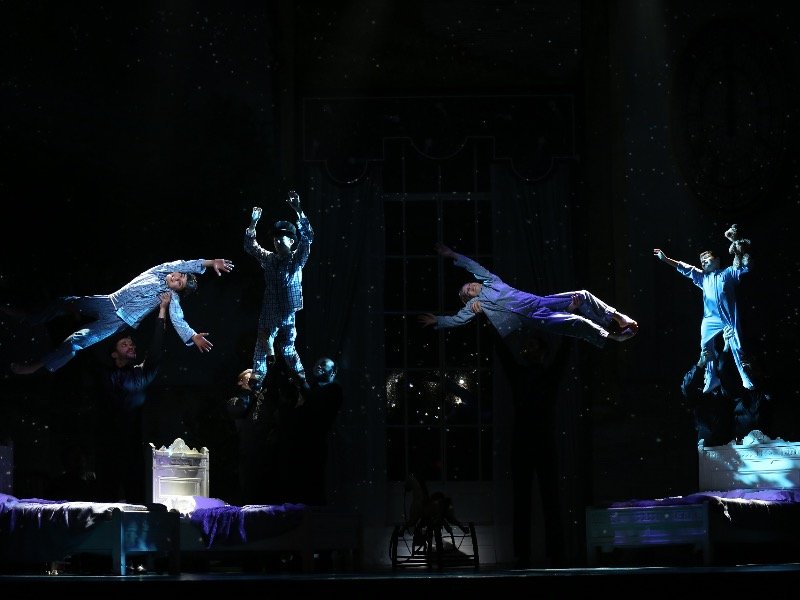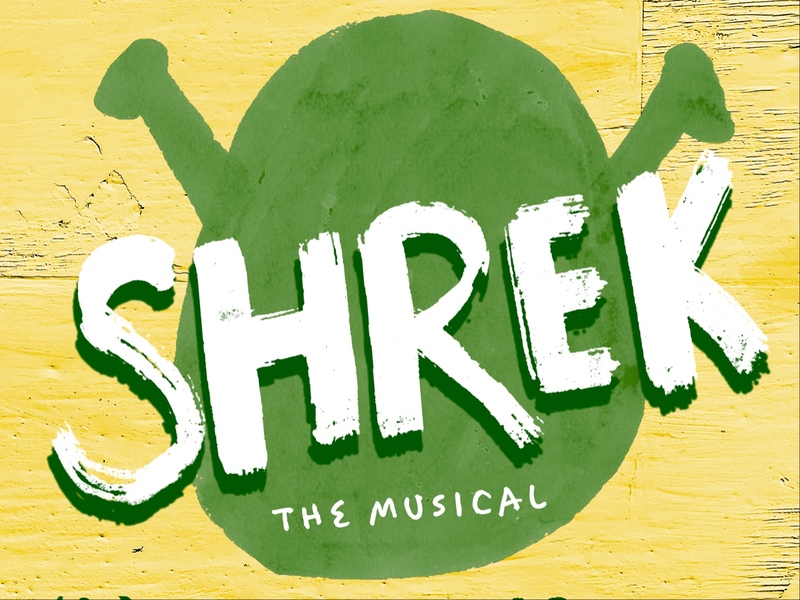"Peter Pan" is the story of a boy who refuses to grow up. He runs away, learns to fly and leads a gang of "lost boys" in Neverland on adventures fighting pirates – particularly the evil Captain Hook. With his mystical fairy Tinkerbell, he enchants the Darling family children and whisks them away on his pre-pubescent adventures. No responsibilities. No work. No parents to report to. No one to think of but himself.
And even with the addition of the dog, Nanna, I have never understood the attraction audiences have to this story.
But in this era of newly considered backstories and alternative versions of well-known fairytales (a la "Peter and the Starcatcher," "Wicked" and "Shakespeare in Love"), along came the movie "Finding Neverland," featuring a charming Johnny Depp and a luminous Kate Winslet, providing a based-on-real-life origin story for the boy who loses his shadow and shows his affection by exchanging thimbles and acorns with his mothering friend Wendy. The film was enchanting.
The musical it’s based on is not.
Appearing at the Marcus Center as part of the Broadway Series, "Finding Neverland" is a musical in search of a through line and a unifying visual sensibility. While many recognizable pieces of the Peter Pan mythology are there – a zooming bright light as little Tink, the ominous ticking of a clock, actors flying through the air, boys fighting with crocodiles and a land that provides dreamy escape from worldly cares – this musical can’t decide whose story to tell or why. It’s sorely lacking in three-dimensional characters that audiences could invest in – even if they could follow the roundabout path from Peter Pan’s inspiration to his place as a fairy tale favorite.
The play opens in 1903, in Kensington Gardens, London, with a watercolor backdrop of maps, Big Ben and the River Thames. J.M. Barrie (an affable Will Ray) is walking his dog, looking for inspiration for his next play, and listening to his relentless American theater manager (a gray and grizzled John Davidson) plead for something better than his last effort. The warm summer day is too much for playwright Barrie’s social climbing wife (a cardboard caricature, played by Janine Divita), but it’s just right for Sylvia Llewelyn Davies (Kate Winslet twin Lael Van Keuren) and her gaggle of four rambunctious sons (three of whom are, mysteriously, the same height).
A chance meeting leads to a writing breakthrough, romance and the opportunity for Barrie to rediscover the joy of being a young boy, via the Davies brothers. Barrie bonds particularly with young Peter (adorable 10-year-old Turner Birthisel), who feels the pressure to grow up too soon, since his father has passed away.
But instead of filling out this plausible plot with good writing and heartwarming characters, it’s packed with special effects – including lots of unnecessary video – a random potpourri of song styles, internal and external conflicts that clutter up instead of complement the story, a small army of cartoony servants and an amped-up voyage on the high seas with Captain Hook that is supposed to awaken Barrie’s manly and rebellious side, but looks more like a Disneyland ride. Oh, and glitter.
Then, of course, there is the play within the play itself. As Barrie's show comes to life, it only diminishes the musical housing it. Begging unceremoniously for laughs, the book ridicules musical theater as the lowest form of entertainment, rips off the classic comedy routine "Who’s on First?" and makes a homophobic joke about how many "fairies" are in the company – disappointingly, the opening night audience's biggest laugh of the evening.
Among the overly complicated backdrops and bizarrely bouncy, staccato-esque choreography, there are some charming moments – mostly when these distractions are stripped away. Both Ray and Van Keuren have strong, beautiful voices, which blend together lyrically in the duet "What You Mean to Me." The song is paired with the couple’s shadows dancing effortlessly on the back wall of the theater. Likewise, Ray and Birthisel shine in their heartfelt number, "When Your Feet Don’t Touch the Ground."
Ironically, it’s not until the show’s finale that all of its best elements coalesce. When the company illustrates the full story of "Peter Pan" for Sylvia and the boys, the two worlds collide to finally make some magic. But the journey to this beautiful slice of Neverland was much too long.







